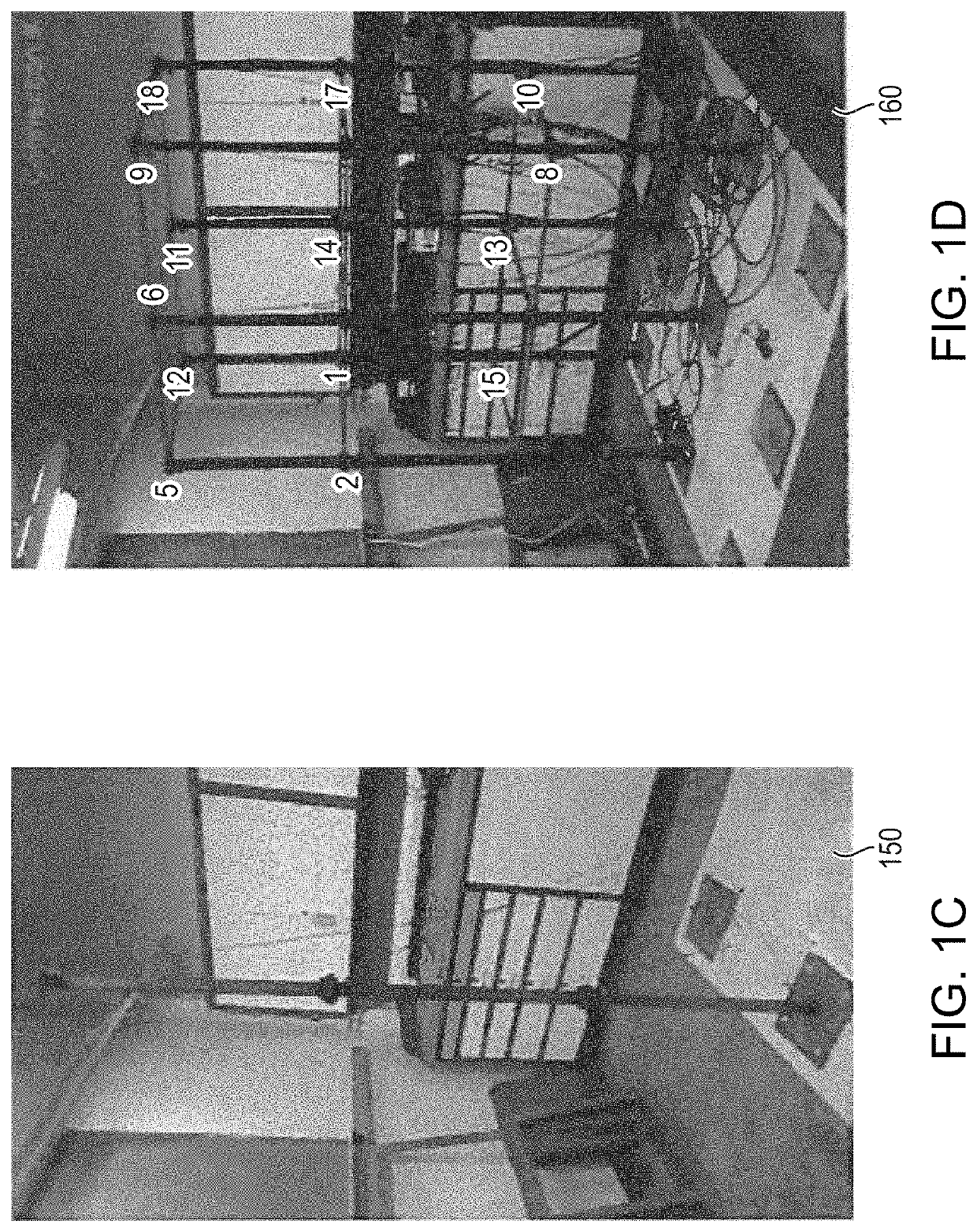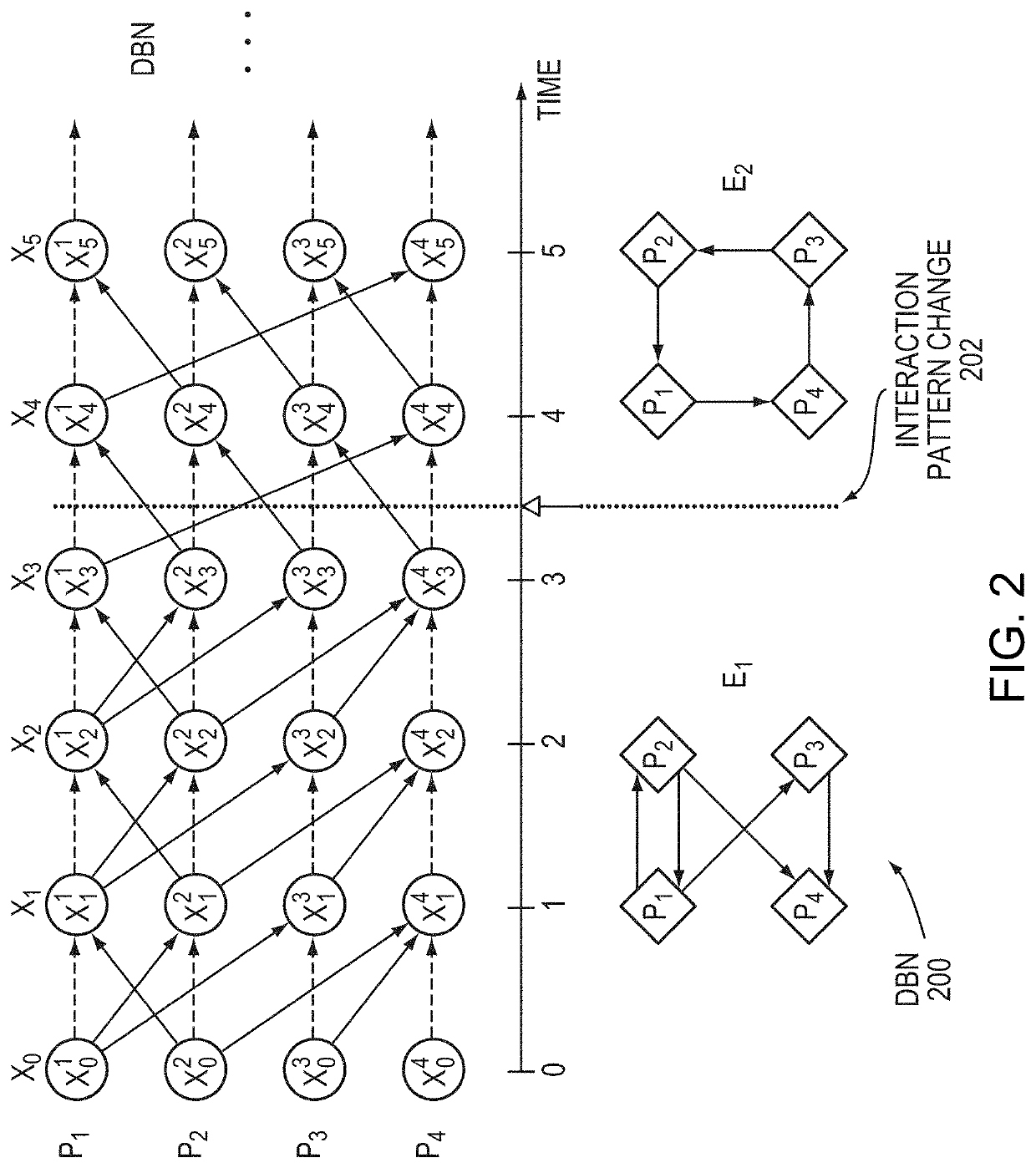Motion sensing wi-fi sensor networks for continuous 3D modeling and prediction of facility responses to disturbances
a technology of motion sensing wi-fi and sensor networks, applied in the field of continuous 3d modeling and prediction of facility responses to disturbances, can solve the problems of relatively intensive structural inspection methods, and achieve the effects of improving reliability, reducing labor intensity, and increasing the number of years of battery operation
- Summary
- Abstract
- Description
- Claims
- Application Information
AI Technical Summary
Benefits of technology
Problems solved by technology
Method used
Image
Examples
Embodiment Construction
[0061]A description of example embodiments of the invention follows.
[0062]Adding additional sensors to the structure, such that an indication of where potential locations of damage to the structure can be closely inspected, can be advantageous. These potential locations of damage can be useful for reduces the time and effort necessary for structural inspection.
[0063]Structural health monitoring (SHM) instruments a structure with sensors to collect data and derives some information from the collected data to determine whether the structure has changed. A detected change in the structure can then be attributed to damage that can be more closely investigated. In general, collected data is processed into features that may indicate these changes in the structure, and, in some cases, statistical or probabilistic discrimination of these features can separate data collected from intact and changed structures.
[0064]Statistical methods can discriminate feature changes as a result of structura...
PUM
 Login to View More
Login to View More Abstract
Description
Claims
Application Information
 Login to View More
Login to View More - R&D
- Intellectual Property
- Life Sciences
- Materials
- Tech Scout
- Unparalleled Data Quality
- Higher Quality Content
- 60% Fewer Hallucinations
Browse by: Latest US Patents, China's latest patents, Technical Efficacy Thesaurus, Application Domain, Technology Topic, Popular Technical Reports.
© 2025 PatSnap. All rights reserved.Legal|Privacy policy|Modern Slavery Act Transparency Statement|Sitemap|About US| Contact US: help@patsnap.com



